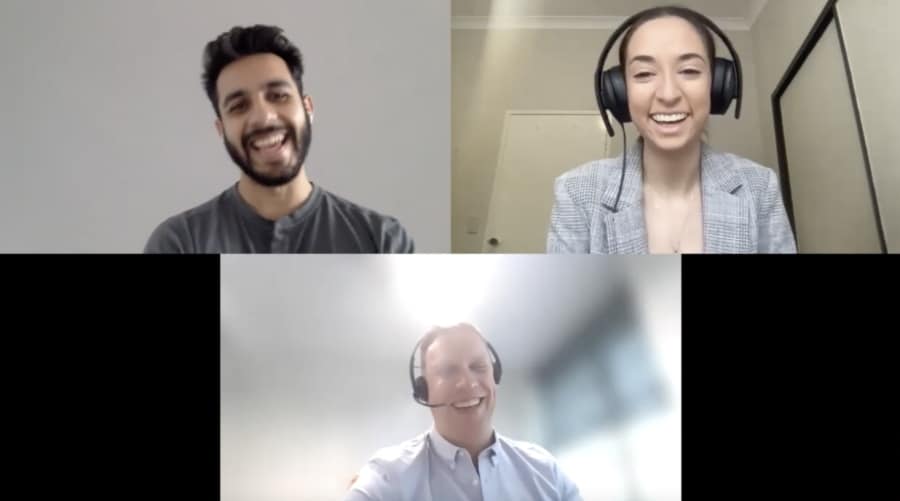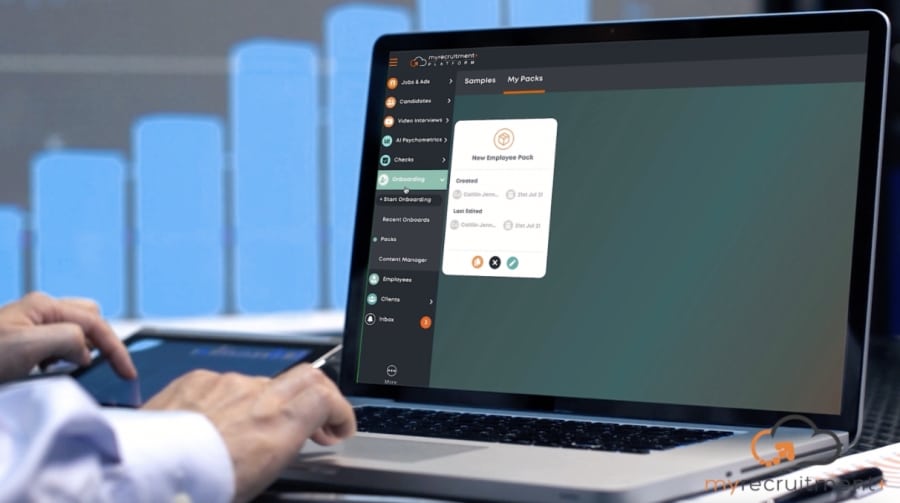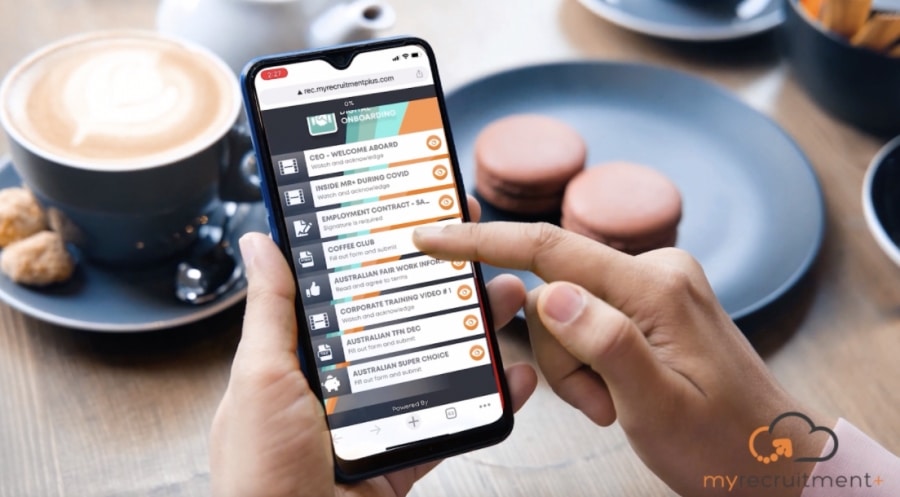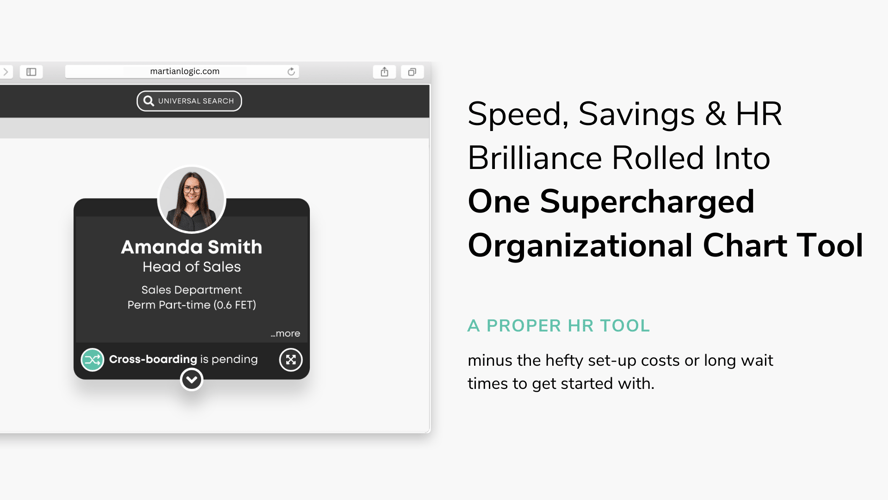Creating a customer testimonial, seems easy right? That’s what I thought too. You just have to interview a client, talk about the product/service and then edit it all together in Premiere. But then when I was researching testimonials I saw a video by Andrew Davis talking about the “5 Keys to Creating a Killer Testimonial Video” and I quickly realized that what I was planning on achieving was a big no-no. See, what I was planning on doing would turn out to look like an advertisement, and who wants to watch an ad in their spare time? Instead, you should create a story and showcase the transformation to make your testimonial engaging and inspiring.
So, do you want to know what the actual 5 keys to creating a killer testimonial video are? Well, here they are:
1. Create a curiosity gap
2. Present tense
3. Show don’t tell
4. Music soundtrack
5. Delay reveal
If you don’t have these 5 factors then sorry, according to Andrew Davis your testimonial won’t be killer. More on this later…
Create An Objective and Get Started
When starting this project I needed to outline what the main objective was and to make sure I accomplished it. My objective (like any other testimonial) was to introduce the company and to create context about our company’s services and relationships. Moreover, positive customer testimonials help to establish the companies credibility and reliability as a business. I then got in contact with Peter Lewis from Data Action and scheduled a Zoom call with him to ask him a few questions on his experiences with My Recruitment+. A Zoom interview isn’t ideal and I’d rather the interview be in person but COVID doesn’t help that. The Zoom interview was hard as there was obviously a psychical barrier between me as the producer and Peter as the talent, making it difficult to form a connection between us. This, therefore, impacted the flow of discussion and making the talent feel more comfortable when answering challenging questions. However, we just have to make do and try our best during this lockdown. Here’s an image of our interview for your enjoyment 🙂

Ask the All-Important Questions
Planning the questions is probably the most important part of the testimonial to get right. If you don’t ask the hard-hitting questions, you won’t get emotional and personal answers from the interviewee. This would make the video quite bland. So do not ask the stereotypical questions like “what’s your favourite part about us?” Explore a deeper concept, create a story, make it interesting! Use the word “WHY?” effectively. This can allow for your talent to explore deeper thoughts, tell you WHY they feel that way and WHY they answered your question that way. ‘WHY’ is your best friend as a producer and allows the talent to talk more openly about their experiences.
The 5 Pillars of a Successful Client Testimonial
This is where the 5 key factors now come into play in our testimonial, as we have just successfully interviewed our talent and are starting the editing process. Make sure to check out our testimonial video first, so you can follow along!
First things first… create a curiosity gap
What does that mean? Well, Andrew Davis defines it as ‘a gap between what you know and what you want to know’. In other words, to make the audience watch the entire customer testimonial we must create curiosity. This keeps the audience interested and when one question is answered in the video, other questions appear. This allows the audience to stay on their toes is and lets them keep thinking. Don’t instantly tell the audience everything, otherwise what’s the point of them watching the rest of the video. Curiosity keeps engagement.

Here’s a screenshot of our intro in our testimonial. The intro says that our service is ‘life-changing’ but doesn’t tell the audience why or how we are life-changing yet. A curiosity gap!
Secondly, make sure your video was shot in the present tense
Shoot the video as it happens. Record the transformation. It’s better than just having someone reflect on the process. Explore the process and how your service/product helped the customer. It’s much more impactful this way to the audience, as they see how the customer needs your service/product and how that changed their lives.
Number 3: show don’t tell
Video is a show-me medium and here you have the opportunity to really utilise this feature. Otherwise, you could just produce a testimonial podcast or write it in text. Too many testimonials just explain to the audience what the product/service has done for them. However, if you use the show don’t tell technique the audience can first handily see the transformation the customer has had and how it was used. Video is a powerful, attention-grabbing element. Use it!
Here’s an example I used of ‘show don’t tell’ below. I showcased our product in our testimonial through the talent using it and not just talking about it. If a picture is worth 1000 words then imagine how many words a video is!

Next up on the 5 key factors to creating a killer testimonial is number 4: the music soundtrack
Using slow, inspiring music. This allows the audience to truly feel the momentum and emotion behind the story. Andrew Davis states that ‘music is an unbelievably powerful tool designed to elicit the emotions we want in our audience’. Music can make the viewer feel the problem and feel the solution. Use music effectively.
And last but not least… the delayed reveal
Towards the end of your testimonial you want your audience to be thinking; what is this product/service and how did it help the customer in the testimonial in such a transformative way? This is the key to success. In the final moments of your testimonial, you should put the product placement right before the reveal of how the customer’s life was changed. An amazing testimonial video needs no call to action but should create a moment of inspiration. This will then inspire the audience to do the next search. What I mean by this is that now the audience will check out your product/service by typing it into googling and visiting the website on your product/service. This is what Andrew Davis calls an ‘implied call to action’. That the testimonial doesn’t need a button it just invites people who are so inspired to check out the next step of the product.
Furthermore, in our outro, we quote our talent Peter Lewis saying our service, My Recruitment+ is a “one-stop-shop for all your recruitment and onboarding needs”. Demonstrating the delay reveal.

Summary
So like I said at the beginning, a customer testimonial is not as easy as it sounds. Use the 5 key factors to your advantage and plan ahead! Have an objective, and ask your talent the hard-hitting questions. If done successfully I think you’ll definitely get the tick of approval from Andrew Davis and your testimonial would be deemed a ‘killer’ one.





Blog comments